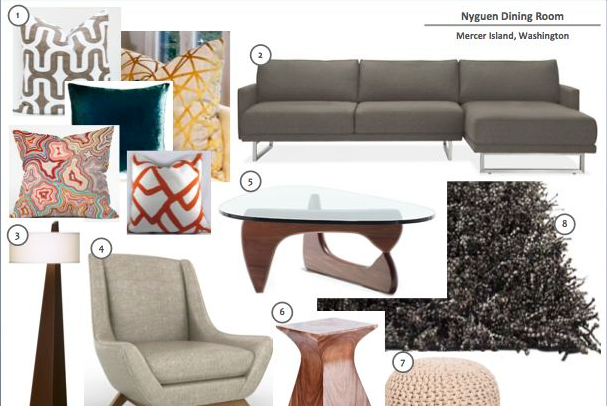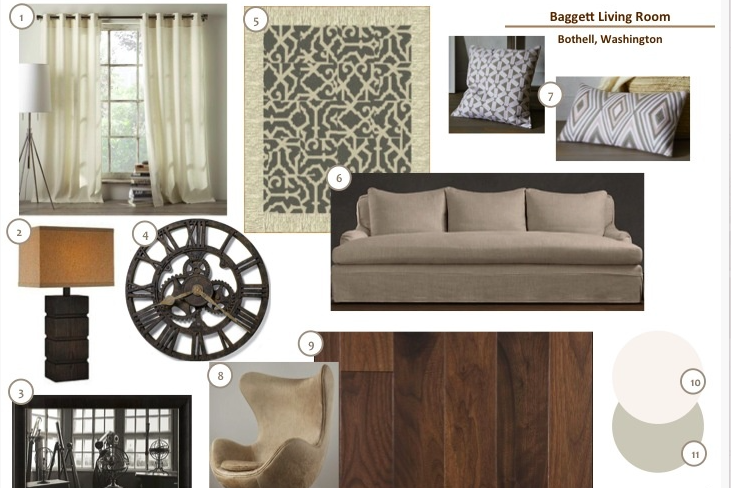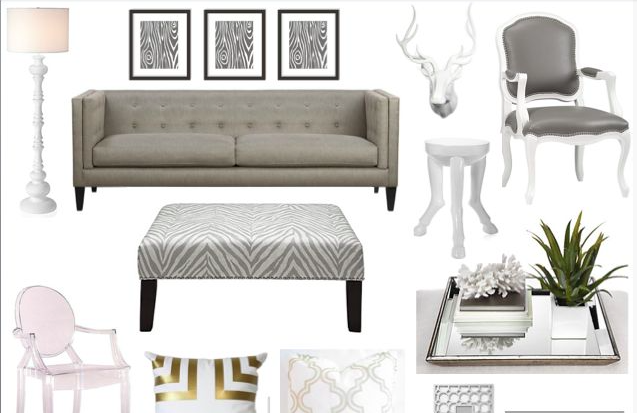It seems the most frequent question we get asked as Professional Interior Designers is, “how much does it cost to hire you?” Understandable, right? People want to know what they are paying for and how much it is going to cost them. We like to be transparent about how we make our money, so we figured we would take a blog opportunity to breakdown how Designers make their money.
#block-yui_3_17_2_4_1430858911437_28127 .sqs-gallery-block-grid .sqs-gallery-design-grid { margin-right: -14px; }
#block-yui_3_17_2_4_1430858911437_28127 .sqs-gallery-block-grid .sqs-gallery-design-grid-slide .margin-wrapper { margin-right: 14px; margin-bottom: 14px; }
For us, we generally like to be extremely up front with our clients about what we are going to charge them, but there are many factors that decide what a particular project will end up costing. How large is the space? Does it have some demanding spatial constraints? Are there a lot of pieces of furniture that we are working with/around? What kind of budget are we working with? A good rule of thumb that we like to share with our potential clients, is they should assume that our Design Fees will run about 10-15% of their overall budget. But, to break things down a little further, we will discuss our personal process and how we evaluate the Design Fees when we first meet a potential client.
OUR PROCESS
The first step for us, is to meet with the client in the space. If it is a Commercial Interior Design Project, we will generally request the entire team of people who will potentially be making decisions be there. This allows us to access how easily decisions will be made on large scale projects and how much time it will take to go throw the channels of decision makers. The same goes for Residential Interior Design Projects. The number of people making decisions is usually a little smaller, but we still get an idea of how the couple collaborates and comes to final decisions. We do try to factor these decision times into our overall initial time allocation to prevent additional hours in the long run. Clients have to realize that when it takes them two weeks to decide on the chandelier over their dining table, that adds two more weeks onto our estimated timeframe, which costs us money. The initial meeting gives us a better idea of how quickly a project will be able to move along and therefore, allows us to better forecast the time needed up front.
All while gathering information about the clients and how they make decisions, we get a good idea of what the space is as it currently exist and evaluate how the space needs to function after we are done. We measure and take inventory of items that will be reused or discuss why particular furnishings are either good for the space or not. We talk at great length about existing finishes such as floor, ceilings, surfaces, etc, to better understand where unexpected cost might come into play. We also research the surrounding area to see what the house or business is valued at to be able to speak to what the client should be spending on their interiors. Really digging in at the beginning of a project allows us here at Whitestone Design Group, to be as practical and logical about a Client’s project before we ever get started. For example, if a Residential Client only wanted to spend $5000 on a completely unfinished 1,500 square foot living room, we can show them up front why that’s not a realistic budget. On the reverse side of that, if a Client tells us that they are willing to sink $75,000 into a kitchen of a home that’s only valued on the market at $260,000 and they want to sell in 2 years, we can discuss how they won’t be getting their money back with that type of investment.
After all the information is gathered, we sit down and evaluate the amount of time truly needed to get the project from design development all the way to installation. We follow a pretty strict percentage model of how much of our time should go to which part of the project. We break each of our projects into five areas: design, presentation, ordering, procurement, and installation. This helps us to forecast where we might need more time and might need less. We then put that number into our Contract and Design Agreement to present to our potential client. This allows our clients to feel confident in what we are using the time for and if we start to track over budget on time, we can clearly communicate what has happened to get us there. Communication is really key here!
We have found this model to work effectively for our business. Clients like to see where they are spending and we like for them to know what we are working on. However, every Interior Designer is free to charge in a way that works for them, so we are outlining the most popular ways to make it easier to understand how and what you are paying for.
HOURLY
Compensation is strictly based on actual time that the designer consults on a project or specific service. This generally includes all drive time, phone calls, design work, and all the details in between.
PERCENTAGE OF PROFECT FEE
Compensation is factored as a percentage markup on the total project cost, including all services purchased and/or specified for the client, all furnishings, and decor. The payment schedule for this type of fee is generally paid in monthly increments.
COST PLUS
The Designer specifies at purchases everything, including furnishings, building materials, and services, at wholesale prices and sells them to a client at a set percentage increase. It is generally at or slightly below retail. This covers the Designers fee and time for services.
PER SQUARE FOOT
The Designer charges based on a set price per foot that is set in an original contract. We do follow this model for Commercial Interior Design Projects.
RETAINER
Client is to pay a sum up front to the Designer for services. Some Designers work on a combination of Retainer and Cost Plus.
FIXED FEE
The Designer specifies a sum to cover all costs of the project. This number typically covers everything from conceptual development to the final installation.
It can be a challenge to understand how to essentially pay for an “art form,” but we hope that we have made Design Fees a little easier to navigate. Each project is unique and with this information, we hope that we have at least made you more aware of questions to ask when interviewing an Interior Designer or Design Team. Professional Designers save you money, time, and heart ache. The fees are worth their weight in gold!
Thanks for stopping by and taking the time to give this a read. Please don’t hesitate to reach out if you have further questions.
For more of our latest projects, follow along on instagram at @whitestonedesigngroup. You can also follow along and see our latest curated collections @whitestonestyle.
whitestone design group 2020 | WEBSITE BY THE LOCAL FOLK | TEMPLATE by tonic |
Welcome to your story.
whitestone
206 486 5031
hello@whitestonedesigngroup.com



+ Show / Hide Comments
Share to: